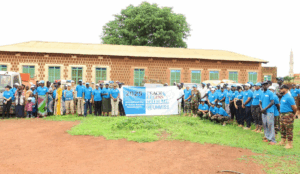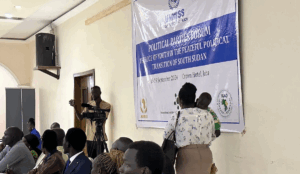By Web Desk
Before the current conflict, Sudan had already been grappling with violence and displacement since the onset of the Darfur crisis in 2003. Sudan was home to more than 1 million refugees — the second-highest refugee population in Africa — most of whom were from South Sudan and Northern Ethiopia, with many fleeing conflict in Tigray.
The recent fighting between the SAF and RFS occurred when Sudan was already experiencing its highest levels of humanitarian need in a decade.
The removal of long-time authoritarian leader Omar al-Bashir in 2019 had initially sparked great optimism for a return to civilian rule in Sudan. But, a military coup two years later dissolved the transitional civilian government, triggering political and economic turmoil and reigniting intercommunal conflicts.
Sudan has also been heavily impacted by severe weather events linked to climate change, including floods and droughts. These events have adversely affected hundreds of thousands of individuals throughout the country, leading to crop and livestock destruction and exacerbating food insecurity for families.
Since the recent clashes began on April 15th, the humanitarian situation has deteriorated. In August 2024, the Famine Review Committee officially confirmed famine in the Darfur region of Sudan. This famine impacts some of the most vulnerable people in the country, including internally displaced people living in Zamzam IDP camp. Meanwhile, millions more are at risk of facing famine throughout Sudan.
Half of Sudan’s population – some 25 million people – need humanitarian assistance and protection. The country is facing extreme shortages of food, water, medicine and fuel and more than half the population (25.6 million) are facing acute food insecurity, including 8.5 million of them at emergency levels.


































